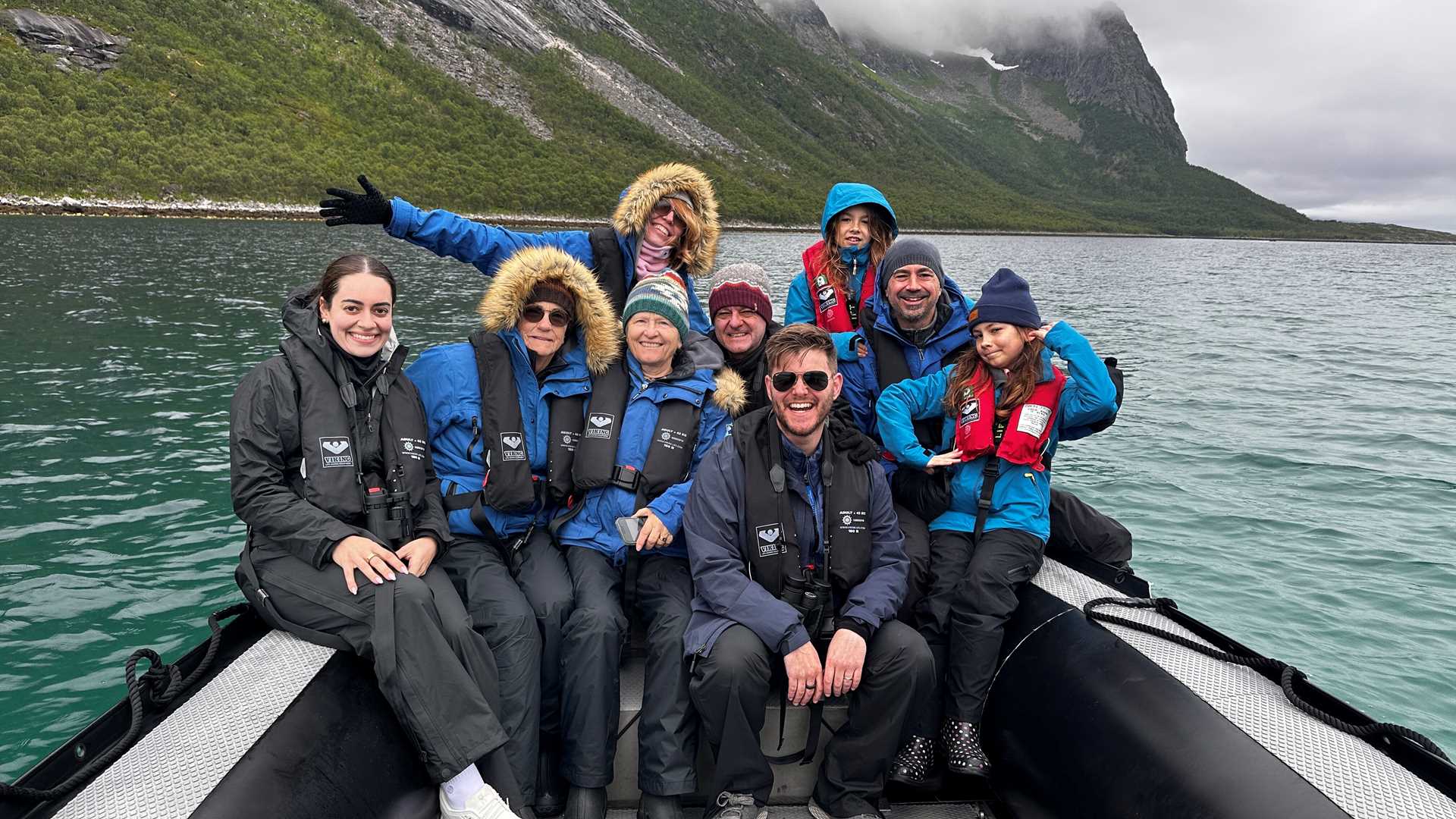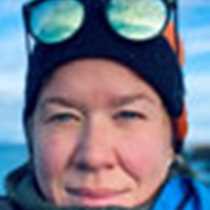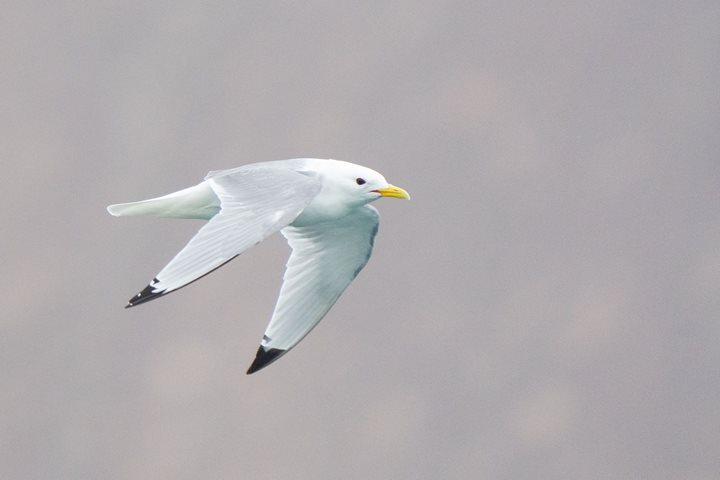We woke up to a beautiful view over the southeastern part of the island of Senja. The second biggest island in Norway, Senja is called a ‘miniature’ Norway. It has all the scenic and dramatic mountains and fjords, as well as the more pastoral, cultural lowlands of the farmers. It would not be difficult to stay here for a few days!
We all went on a Zodiac cruise into the fjord to explore the beauty and drama of the landscape. The water was so clear in places that we could count the starfish on the bottom. At the very end of the fjord, we gathered the Zodiacs together for a small storytelling session. We learned about Norwegian trolls and were treated to a troll fairytale by Swedish undersea specialist Anne. It was very special to overlook the green and lush surroundings in that moment. We turned off the engines and quietly drifted for a few minutes.
In the afternoon, we started to make our way to Tromso, our final stop for this expedition. On our way and in the middle of lunch, we encountered a pod of orcas having their own feast. We watched them for a while as they pushed the fish together. It was amazing to observe their behavior as they breached and slapped their flukes on the surface. Magnificent animals!
Now it’s time for captain’s farewell cocktails. We hope to see everyone again soon for welcome cocktails on another expedition!







